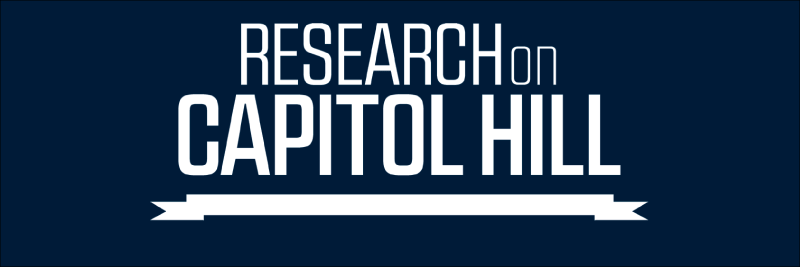Changes in Root Carbohydrate Reserves and Its Implications for Management of Phragmites Australis, an Aggressive Plant Invader of Great Salt Lake Wetlands
Faculty Mentor
Karin Kettenring
Abstract
A non-native grass, Phragmites australis, is rapidly invading North American wetlands, including those in the Great Salt Lake watershed. Phragmites threatens the Great Salt Lake wetland ecosystem as it aggressively outcompetes and displaces existing plant communities and alters ecosystem functions, leading to a decline in native flora and fauna. A better understanding of Phragmites biology is needed to improve the methods used to control its spread. Phragmites carbohydrate reserves vary seasonally, and there is a critical time during summer months, after carbohydrates have been translocated from underground rhizomes to aboveground stems, when Phragmites is most vulnerable to herbicides. I will determine when this time is by monitoring changes in rhizomal carbohydrates during the growing season. Once I can identify this period of time, natural resource managers can target summer herbicide treatments for this time of low carbohydrate reserves for more effective results. I will use spectrophotometry to measure carbohydrate content in rhizomes, and analyze the data to determine how carbohydrates fluctuate in Phragmites rhizomes during the growing season. By perfecting the timing of herbicide treatments of Phragmites, natural resource managers can improve Phragmites control along the Great Salt Lake and across North America.
Journal/Book Title/Conference
Research On Capitol Hill 2015
Document Type
Poster
Publication Date
1-29-2015
Recommended Citation
Smith, Konnon, "Changes in Root Carbohydrate Reserves and Its Implications for Management of Phragmites Australis, an Aggressive Plant Invader of Great Salt Lake Wetlands" (2015). Research on Capitol Hill. Paper 26.
https://digitalcommons.usu.edu/roch/26


